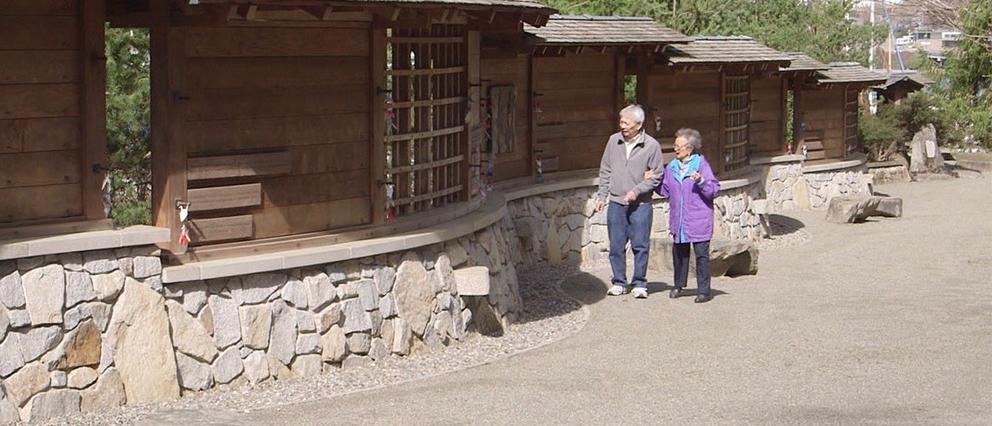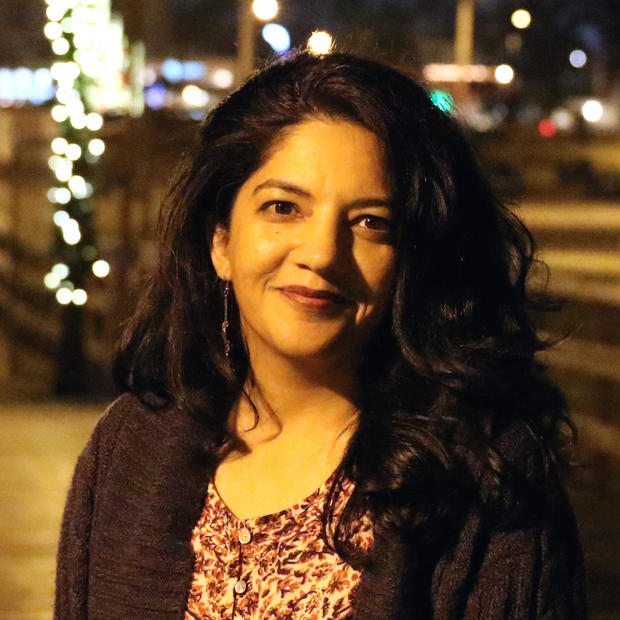This story originally appeared on KCTS9.org.
Kay Sakai Nakao looks out at the shore from the back porch of her Bainbridge Island home. She has lived nearly all of her 97 years on the island — excluding the years during World War II when her family, along with the rest of the Japanese-American families on Bainbridge, became the first of the Japanese-Americans sent to incarceration camps. Seventy-five years later, for Nakao, the memories of that difficult period remain vivid.
“What we went through, nobody should have to go through that,” Nakao says.
“When Japan bombed Pearl Harbor, I didn’t even know where Pearl Harbor was or what it was or anything,” she says. “We were just country bumpkins on the farm.”
On February 19, 1942 — two months after Japanese forces attacked U.S. Naval Base Pearl Harbor in Hawaii — President Roosevelt signed Executive Order 9066, authorizing the Secretary of War to prescribe certain areas as military zones. The order led to the forced incarceration of more than 120,000 Japanese Americans, who were forcefully removed from their homes and sent to 10 concentration camps across the western United States.
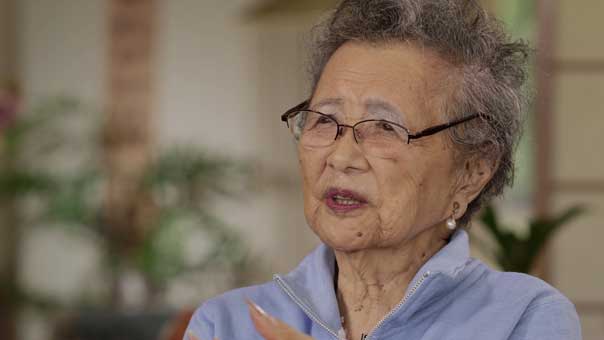
When the order was signed, Nakao’s family was part of a close-knit community of Japanese immigrant farmers on Bainbridge.
“The Japanese immigration story is really similar to other immigration stories in America,” says Tom Ikeda, executive director of Densho, a Seattle-based organization dedicated to preserving the oral histories and photo archives from the period of incarceration of Japanese American families. “They came for a better life.”
“My dad left Japan in 1914 and landed in Canada,” Nakao says. “Then he came into the United States and got a job [before settling on Bainbridge and starting his own farm].”
The first Japanese immigrants came to the Pacific Northwest in the late 1800s to work in lumber mills, railroads, and canneries. By the time of World War II, Japanese immigrants had been in America for over half a century — putting down roots, working and raising their families here.
“Two-thirds of these individuals [who were incarcerated] were U.S. citizens,” Ikeda says. “They did nothing wrong. The only criteria [that was applied] under Executive Order 9066 was one: Were they of Japanese ancestry?; and two: Were they in an exclusion zone?” he says.

Executive Order 9066
The presidential order never mentioned Japanese Americans specifically.
It allowed the military to designate any area in the United States as an ‘exclusion zone’ from which any persons deemed a threat could be excluded.
“It was cleverly written,” Ikeda says.
The military command designated America’s West Coast as an exclusion area and then ordered all people of Japanese descent to be excluded, or removed, from that area. Ikeda’s own grandparents were incarcerated along with all of their children, including Ikeda’s father.
At the time, the West Coast had the densest concentration of people with Japanese descent. “But it was also considered a very sensitive region just because of proximity to Japan,” says Karen Yoshitomi, daughter of former internees and the executive director of the Japanese Cultural and Community Center of Washington (JCCCW).
Nakao remembers the uncertainty her family faced when they were ordered to leave Bainbridge.
“We were never told where we were going, how long we were going to be gone,” she says. “Even after we arrived at Manzanar camp, there was nobody to tell us, ‘This is Manzanar, this is where you’re going to live.’ Nothing. ”
“[The camp] was one square mile, 10,000 internees, wired fencing all around, seven watchtowers, soldiers with machine guns,” she says.
Men, women and children were kept as prisoners inside the camps. Soldiers with machine guns served as a warning that “if you dared to go outside the barbed wire fence, you [would] be shot,” Nakao says.
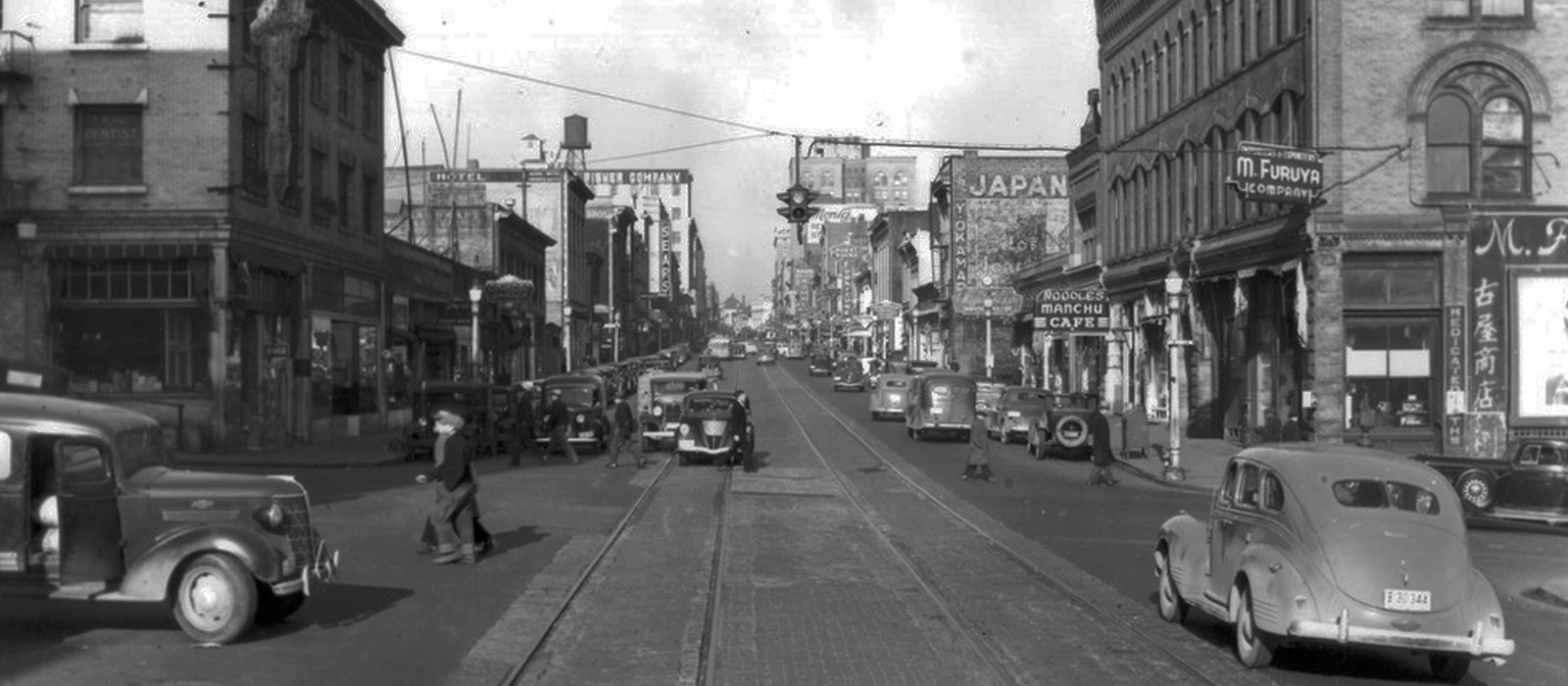
Leaving Nihonmachi and returning to the Hunt Hotel
Across the Puget Sound from the island, in Seattle, Shokichi Tokita, was growing up in the Nihonmachi (Japantown) neighborhood in the area now known as the International District. Tokita was eight years old when his siblings and Japanese immigrant parents were forced to leave their home to be incarcerated, like all other Japanese American families living on the West Coast. Now, visiting the JCCCW building, the site of the historic Hunt Hotel that served as temporary housing for Japanese families after the war ended and prison camps were closed, Tokita recalls the painful experience of incarceration.
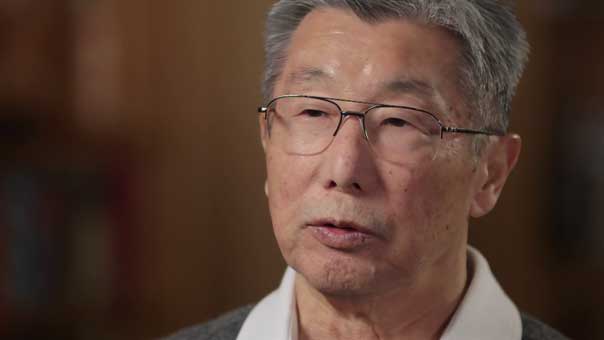
“It’s a lot of anger because of what happened,” says Tokita, whose father was painter Kamekichi Tokita. “Everything was taken away from us. Even though my mother and father were not citizens — they weren't allowed to be [due to immigration laws that denied citizenship to Japanese immigrants] — all the children were citizens, born and raised in the United States,” Tokita says.
The Tokita family was sent to Minidoka concentration camp in Idaho. The parents and eight children were assigned to one-room section of a hastily built barrack. “Some of the people had to stay in horse stalls,” Tokita says. The incarceration of Japanese Americans lasted more than three years.
Despite the government’s treatment of his family, like many other Japanese men who went through internment, Tokita went on to serve in the U.S. armed forces.
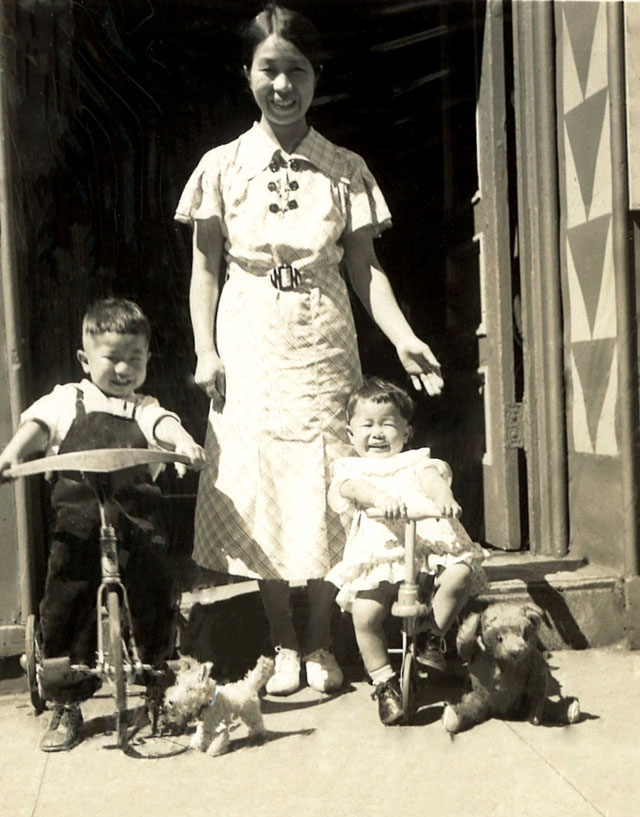
My first career was in the air force,” Tokita says. “Once in a while, we had to get up and [speak] about what our backgrounds were. And my opening sentence was, ‘I was a P.O.W. of the United States of America in a concentration camp,’” he says.
An exhibit on a wall of JCCCW commemorates the Hunt Hotel, the name given to the building when the language school was turned into temporary housing for families returning to Seattle after incarceration.
“‘Temporary’ being 14 years,” Yoshitomi says. Having lost their homes, businesses and jobs, the families had limited options, many remaining in the cramped rooms of the Hunt Hotel for years. Tokita’s family lived there for two years before they were able to move out.
Lessons from the past, hope for the future
From her porch, Nakao smiles with pride as she surveys her garden — lush-green vegetation that glimmers in the warmth of the island sun.
“I always tell people, Bainbridge Island is such a wonderful place,” she says.
At JCCCW, Yoshimoti reflects on what the past can teach us.
“I think we lost sight of the principles upon which we were built as a nation — this whole idea of immigration and being a place of opportunity, equality and that we value diversity," she says. "We have an obligation to make sure that [what happened to the Japanese Americans] doesn’t happen to anyone again.”
Watch: Nakao, Tokita and others discuss the legacy of the incarceration camps

